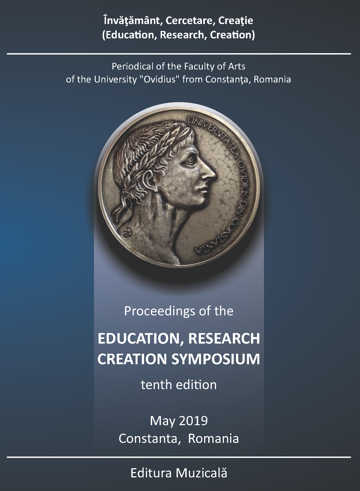Symbolism and Artistic Representations of God Mithras in Greek-Roman World
Symbolism and Artistic Representations of God Mithras in Greek-Roman World
Author(s): Laura Sînziana Cuciuc RomanescuSubject(s): Fine Arts / Performing Arts, Cultural Anthropology / Ethnology, Culture and social structure
Published by: Editura Muzicală
Keywords: Mithras; Greek-Roman Art; Greek-Roman Mythology; Greek-Roman World; Greek-Roman Civilisation;
Summary/Abstract: Mithra's history is an unique and paradoxical one. Unique because this god was a stranger to the pantheon of the Greeks and Romans, but not to their Indo-European ancestors. Accepting a god of allogeneic appearance, wearing Persian trousers and a phrygian cap, the sons of legendary she-wolf re-established a tradition, at least in part, with an ancient religious hereditary patrimony. But Mithra's cult, as the Latin Occident had received it, also incorporated a part of Greek culture, and even though the god kept the Asian costume, his myth and his symbolic images, he had settled in the syncretic pantheon of the Hellenized Near East. The iconographic environment corresponding to the god Mithra highlights its cosmic dimension. The Sun, represented in the form of a bust or standing on its quadriga, has the Moon as his pair, from where we have the humble principle of which the bull is the owner. The portraits of the main winds, Eurus, Zephyrus, Notus and Boreas, often appear in the four corners of the panel. The arched edge of the grotto is sometimes overlapped by seven planetary busts, but often also by the orbit of sacrifice. The seven planets sometimes correspond to seven altars and seven trees or seven knives which perhaps evoke the celestial resemblance of tauroctonia.
Journal: Învăţământ, Cercetare, Creaţie
- Issue Year: V/2019
- Issue No: 1
- Page Range: 251-256
- Page Count: 6
- Language: English

